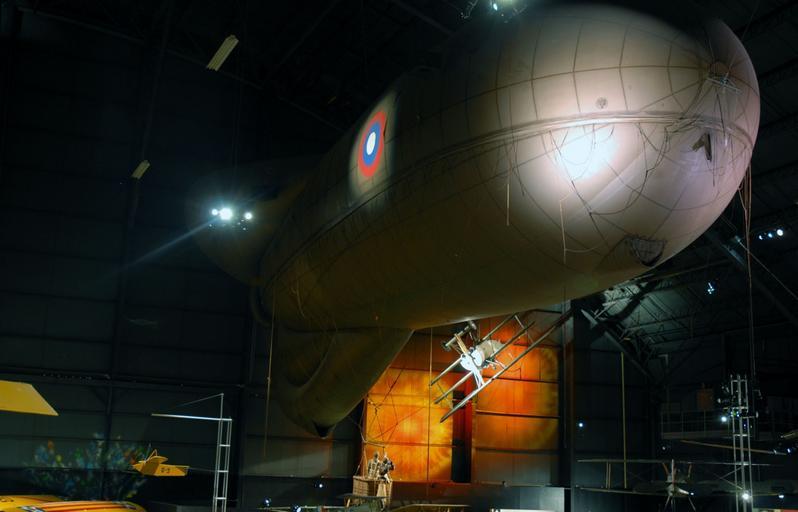MAKE A MEME
View Large Image

| View Original: | CaquotTypeRObservationBalloonUSAFMuseum.jpg (1800x1155) | |||
| Download: | Original | Medium | Small | Thumb |
| Courtesy of: | commons.wikimedia.org | More Like This | ||
| Keywords: CaquotTypeRObservationBalloonUSAFMuseum.jpg Caquot Type R Observation Balloon in the Early Years Gallery at the National Museum of the United States Air Force Tethered balloons allowed World War I observers to see as far as 40 miles behind enemy lines to spot troop movements chart trench systems and direct artillery fire The observation balloon most used by Americans was named for its designer French engineer Lt Albert Caquot The hydrogen-filled balloon could lift two passengers in its basket along with charting and communications equipment plus the weight of its mooring cable to a height of about 4 000 feet in good weather Normal operations were between 1 000 and 4 000 feet During WWI American balloon observers directed artillery fire at targets such as troop concentrations and supply dumps They noted more than 1 000 enemy airplane sightings 1 000 instances of military traffic on railroads and roads and 400 artillery batteries Caquot balloons were manufactured in great numbers in WWI; nearly 1 000 were made in the United States in 1918-1919 During World War II the British produced Caquots once again but in limited numbers Manufactured in 1944 the balloon displayed at the museum is believed to be the only survivor The British used it for parachute testing and noncombat aerial observation and photography until 1960 The British Ministry of Defense Royal Aircraft Establishment presented the Caquot to the museum after it was located with the aid of American and British WWI balloon veterans in 1975 Assisted by the Goodyear Aerospace Corp of Akron Ohio which had produced these balloons during WWI museum personnel mended and sealed the balloon fabric and prepared it for inflation It was placed on display in May 1979 TECHNICAL NOTES Gas capacity 32 200 cu ft Length 92 ft Diameter 32 ft US Air Force Museum website http //www nationalmuseum af mil/factsheets/factsheet asp id 281 downloaded 29 January 2008 U S Air Force photo US Government no copyright PD-USGov World War I balloons Caquot Type R Aircraft at the National Museum of the United States Air Force Aircraft of the Aviation Section U S Signal Corps Goodyear aircraft Balloon baskets year missing | ||||